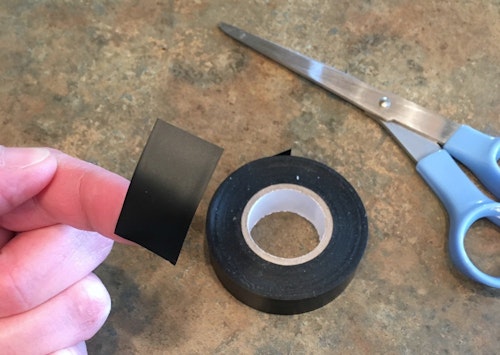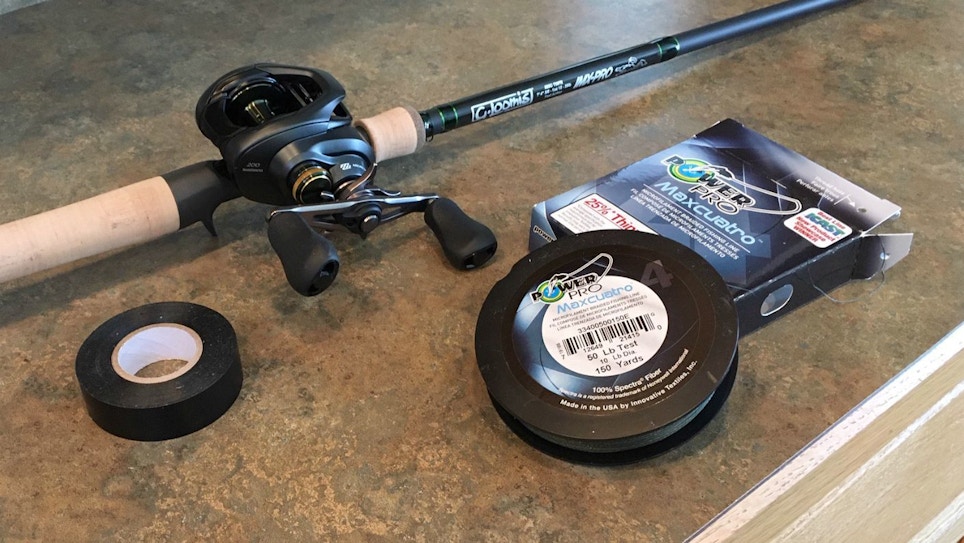As a former employee of a fishing retail store, I’ll never forget the day an angry customer entered through the front door. He slammed a box containing a new baitcasting reel on the counter and said, “This reel’s drag doesn’t work. And I bought it from you guys just a couple days ago. It’s a piece of junk. I want my money back.”
I hadn’t sold the baitcasting reel to the gentlemen, but the model was the exact one I used for my own muskie fishing, so I was shocked to hear it had failed. In fact, I owned three of them and had sold several dozens, maybe a hundred of them over the years, and I’d never heard of a drag failing on one.
I unboxed the reel as he went on to explain how it had cost him a muskie. “I set the hook and line just peeled off the reel. The drag is cranked to the max, so I don’t know what to tell you.”
As I examined his reel, I verified that he did indeed have the drag set to the max, which I don’t recommend, but that’s a topic for a future article. I pushed the free spool to let out 18 inches of line, then engaged the spool, wrapped the heavy braided muskie line around my hand and tested the drag.
Sure enough, just as the man claimed, the line peeled off the spool. “See, I told you so,” he said.
As I looked at the rotating braid on the spool, I noticed something odd: The braid was moving, but the spool wasn’t. And then the lightbulb went on: The customer, who had loaded the braid himself, didn’t tape the knot to the reel’s spool to anchor it. Because braid has a clothlike exterior, it can slip on the spool. This isn’t a problem with mono, but it can happen with braid.
“Sir, let me show you something,” I said, and I went on to demonstrate what was happening with his reel. “We’re still to blame, though,” I said. “Whoever sold this reel to you should have explained the need to tape the line to the spool before filling it. For that I’m sorry.”
He quickly changed his tune. “No, don’t worry about it. There’s a chance the sales guy told me what to do and I didn’t listen. It’s probably my fault. Thanks for showing me the problem so I don’t make the same mistake again.”

I quickly removed the line from his baitcasting reel and then firmly pressed a 1-inch-long piece of electrical tape over his knot on the spool. I was also careful to keep significant tension on the line as I filled the reel. When finished with the job, I demonstrated to him that the reel’s drag did indeed work perfectly.
This spring as you begin prepping reels for the upcoming fishing season, remember that a 1-inch-long piece of electrical tape over the knot can prevent braid slipping on the spool.






